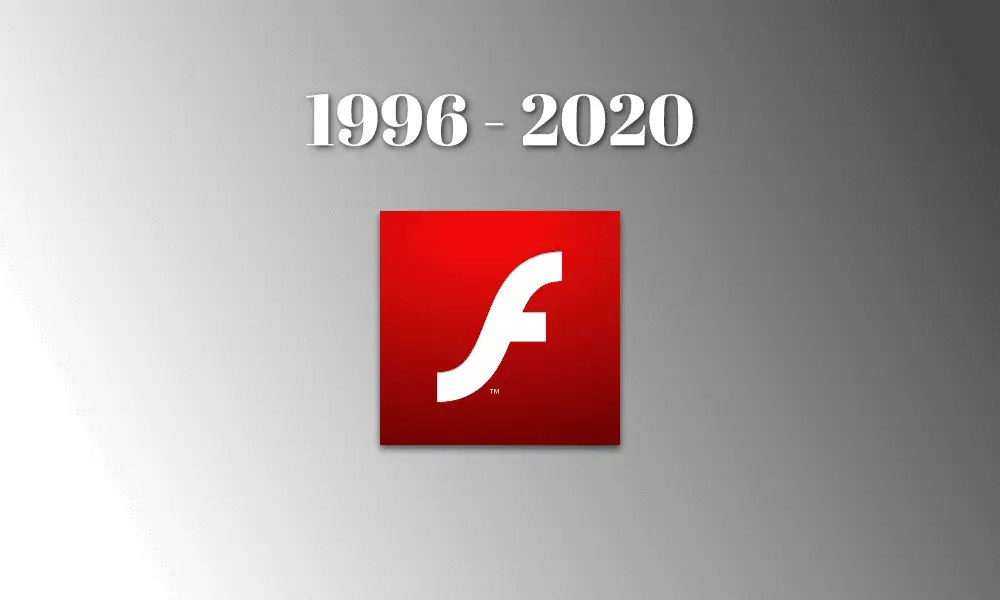

Here are some questions to consider as you develop your transition plan:ġ. Now is the time to begin planning your transition from Flash-based courses to alternate delivery platforms such as HTML5. While the end of 2020 seems far away, it is not, especially if your organization has a large library of courses published for Flash output. And for more than a decade, if you took or built an e-learning course, chances are high that you published or viewed it in the Flash player. This announcement has a major impact on any organization which has e-learning courses published to run in Adobe Flash player. Specifically, we will stop updating and distributing the Flash Player at the end of 2020 and encourage content creators to migrate any existing Flash content to these new open formats. Selecting a region changes the language and/or content on July 25, 2017, Adobe made the following announcement:Īdobe is planning to end-of-life Flash.

We recommend getting in touch with them and for help with the transition. Harman, can assist Enterprise customers identify solutions for their content. It will provide support and security updates for customers who require commercial support options beyond the EOL date. Also, the major browser vendors are integrating the open standards into their browsers and deprecating other plug-ins, such as Flash Player.Īfter 2020, Adobe’s long-term distribution partner, Harman will be the official enterprise distributor for Flash Player. Most websites have since long switched to HTML5, which is a more efficient and secure coding option. Open standards such as HTML5, WebGL, and WebAssembly can serve as viable alternatives for Flash content. Chrome and Firefox have already published their projections around when they'll stop supporting Flash. At most, they provide an 'allow once' option to allow Flash.

(end-of-life date).Īll major browser vendors, block Flash Player making it difficult to view Flash content. Adobe will stop updating and distributing Flash Player after December 31, 2020.


 0 kommentar(er)
0 kommentar(er)
